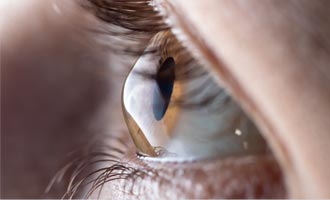What is a Cataract?
A cataract is a clouding of the lens in your eye. It affects your vision. Cataracts are very common in older people. By age 80, more than half of all Americans either have a cataract or have had cataract surgery.
A cataract can occur in either or both eyes. It cannot spread from one eye to the other.
Cataract Symptoms
Common symptoms are
- Blurry vision
- Colors that seem faded
- Glare - headlights, lamps or sunlight may seem too bright. You may also see a halo around lights.
- Not being able to see well at night
- Double vision
- Frequent prescription changes in your eye wear
Cataracts usually develop slowly. New glasses, brighter lighting, anti-glare sunglasses or magnifying lenses can help at first. Surgery is also an option. It involves removing the cloudy lens and replacing it with an artificial lens. Wearing sunglasses and a hat with a brim to block ultraviolet sunlight may help to delay cataracts.
Cataract Removal
Cataract removal is surgery to remove a clouded lens (cataract) from the eye. After the cataract is removed, a manmade lens, called an intraocular lens (IOL), is usually placed into the eye to restore the focusing power of the old lens (cataract). It helps improve your vision.
The doctor may close the incision with very small stitches. Usually, a self-sealing (sutureless) method is used. If you have stitches, they may need to be removed later.
The surgery lasts less than half an hour. Most of the time, just one eye is done. If you have cataracts in both eyes, your doctor may suggest waiting at least 1 to 2 weeks between each surgery.
Cataract surgery is an outpatient procedure. This means you likely do not have to stay overnight at a hospital.



